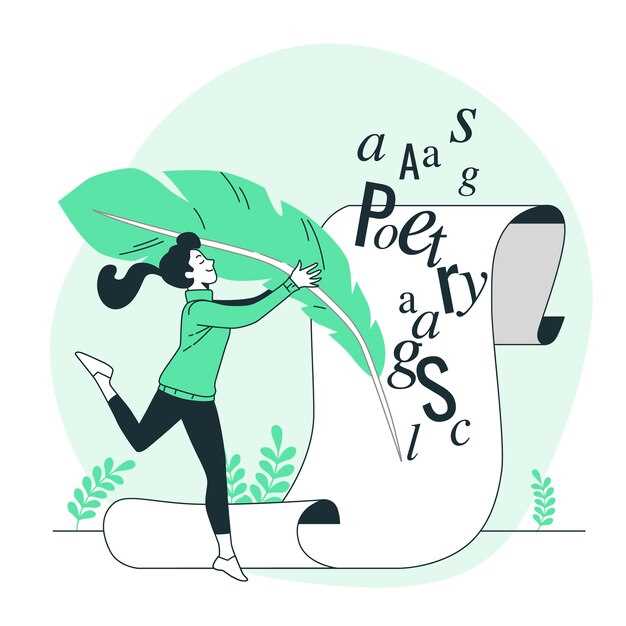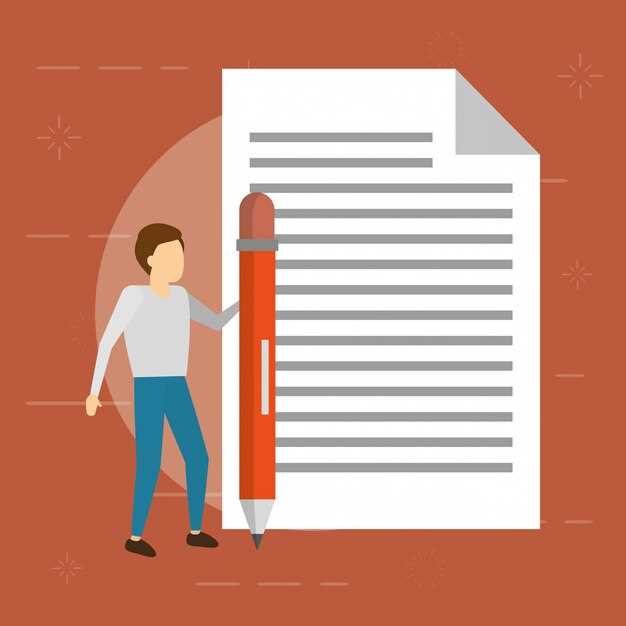
Create a strong hook by asking a surprising question: “What if the most significant inventions in history started as mistakes?” This approach grabs attention and sets the tone for curiosity. Combine it with a brief fact: 63% of readers judge an essay by its opening sentence.
Use vivid descriptions to paint a picture. For example: “The crackling sound of a campfire echoed through the stillness of the forest.” This method draws readers into your narrative and keeps them engaged.
Start with a bold statement: “Social media has redefined human connection, but not always for the better.” Provocative claims like this encourage readers to think critically and continue reading. Pair it with a statistic or a quote for added credibility.
Craft hooks that match your essay’s tone. A humorous anecdote works for informal pieces, while a historical reference suits academic writing. Tailoring your hook ensures it resonates with your audience and aligns with your purpose.
How to Start Your Essay with a Captivating Question

Choose a question that directly connects to your essay’s main idea and resonates with your audience. For example, if your topic is climate change, ask, “What would our planet look like in 50 years if we don’t act now?” Avoid generic questions; instead, focus on specific, thought-provoking queries that invite curiosity.
Use rhetorical questions to spark reflection. For instance, in an essay about technology’s impact on society, ask, “Can we truly stay connected without sacrificing our privacy?” This approach encourages readers to think critically about the topic before diving into your arguments.
Ensure the question aligns with your essay’s tone. For a humorous piece, try, “Why do cats always seem to ignore us when we call them?” For a serious discussion, stick to questions like, “How much of our daily lives is influenced by unconscious bias?” This maintains consistency and keeps readers engaged.
Follow the question with a clear explanation or anecdote. After posing a strong question, provide a brief insight or example to guide readers into your essay. For example, “Why do we still struggle with gender equality? Consider the pay gap in industries like tech and entertainment.” This sets the stage for your analysis.
Test your question’s effectiveness by asking if it grabs attention and relates to your essay’s core message. If it feels vague or unrelated, refine it. A well-crafted question not only hooks readers but also sets the tone for the rest of your writing.
Using Anecdotes to Engage Readers from the First Sentence

Begin with a short, relatable story that connects to your essay’s main idea. For example, if writing about time management, start with a brief account of how a missed deadline taught you a valuable lesson. This immediately draws readers in and makes your topic personal.
- Choose anecdotes that evoke emotion–humor, surprise, or curiosity work well.
- Keep it concise; aim for 2-3 sentences to maintain focus.
- Ensure the story aligns with your essay’s theme to avoid confusion.
Use vivid details to make the anecdote memorable. Instead of saying, “I was late to a meeting,” describe the frantic rush, the spilled coffee, and the clock ticking. These specifics create a mental image and keep readers hooked.
- Identify a moment from your life or research that illustrates your point.
- Polish the story to remove unnecessary details.
- Place it at the very beginning to set the tone for your essay.
Test your anecdote by sharing it with a friend. If they react with interest or ask questions, you’ve nailed it. A strong opening anecdote not only grabs attention but also sets the stage for a compelling argument.
Incorporating Surprising Facts to Grab Attention
Start with a fact that challenges common assumptions. For example, “Did you know that the average person spends six months of their life waiting in line?” This immediately sparks curiosity and makes readers want to learn more. Use statistics from reliable sources to add credibility, such as data from government reports, academic studies, or industry research.
Pair surprising facts with relatable contexts. If you’re writing about productivity, mention that “The average worker is only productive for about 2 hours and 53 minutes per day,” and then connect it to practical tips for improvement. This creates a bridge between the unexpected information and the value you’re offering.
Keep your facts concise and easy to understand. Avoid overwhelming readers with too many numbers or complex details. For instance, instead of saying “Approximately 1.145 trillion MB of data is created daily,” simplify it to “Over a trillion MB of data is generated every day.” This makes the information more digestible and impactful.
Use surprising facts to introduce a problem or solution. For example, “Only 2% of people achieve their New Year’s resolutions” can lead into strategies for setting realistic goals. This approach not only grabs attention but also positions your content as a helpful resource.
End with a call to action that ties the fact to your main message. After sharing a surprising statistic, invite readers to explore your tips or techniques further. For example, “Ready to beat the odds and achieve your goals? Discover how with our proven strategies.” This keeps the focus on engagement and action.
Crafting Strong Quotes to Set the Tone of Your Essay
Choose quotes that directly align with your essay’s central argument or theme. A well-selected quote should feel natural and enhance your point, not distract from it. For example, if your essay explores resilience, a quote from Maya Angelou’s “Still I Rise” can immediately establish a powerful tone.
Keep quotes concise. Long passages can overwhelm readers and dilute your message. Aim for one to two sentences that pack a punch. If the original text is lengthy, use ellipses to trim it while preserving its meaning.
Introduce quotes with context. Briefly explain who the author is and why their words matter. For instance, “As Albert Einstein once noted,” provides clarity and credibility without overshadowing the quote itself.
Analyze the quote after including it. Don’t let it stand alone–explain how it supports your argument. For example, “This highlights the importance of perseverance in overcoming challenges,” ties the quote back to your essay’s purpose.
Use quotes sparingly. Overloading your essay with them can make it feel disjointed. Limit yourself to one or two per section, ensuring each one adds significant value.
Verify the accuracy of your quotes. Misattributing or misquoting can undermine your credibility. Double-check the source and ensure the wording is exact.
Experiment with integrating quotes into your sentences. Instead of always using a standalone format, weave them into your writing. For example, “As Jane Austen observed, ‘It is a truth universally acknowledged,’ this idea remains relevant in modern discussions of societal norms.”
Select quotes that resonate emotionally or intellectually. A strong quote should evoke a reaction, whether it’s curiosity, agreement, or even disagreement, to engage your reader from the start.